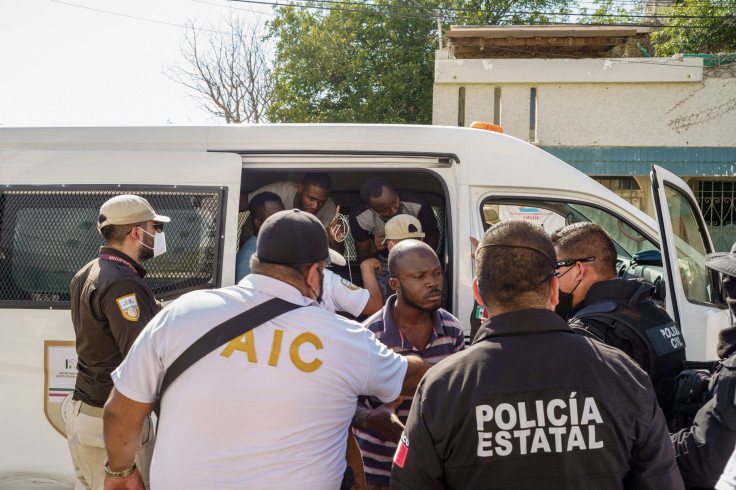
For the first time in recorded history, Mexico reported more encounters of undocumented migrants within its borders than the United States, according to data provided by the U.S. Customs and Border Protection (CBP). The figures include both Border Patrol apprehensions and those processed at ports of entry through the CBP One app. This development is linked to several factors, including shifts in U.S. immigration policies and intensified enforcement by Mexican authorities.
Mexican Enforcement vs. Operation Lone Star
Gov. Greg Abbott has credited his multibillion-dollar border initiative, Operation Lone Star, for a recent sharp decline in undocumented migrants attempting to enter Texas. In a recent television interview, Abbott emphasized that Texas, which shares more than two-thirds of the U.S.-Mexico border, has experienced fewer illegal crossings than other states. "We are having a profound impact in stopping the flow of illegal immigration into the state of Texas," Abbott said.
However, border experts suggest the situation is more complex. WOLA, a human rights advocacy organization, analyzed the significant drop in migrants arriving in the U.S. in 2024. In their report, WOLA challenges Abbott's claims, stating, "Abbott's assertions that his state's hardline border policies are responsible for the decline are not supported by data." The report points to another key factor: Mexico's increased crackdown on migrants transiting the country.
"The primary reason for the decline is a significant crackdown by the Mexican government on people transiting the country," the report reads. "This has resulted in large numbers of migrants being detained or relocated within Mexico." For years, Mexico has faced mounting pressure from the U.S. to bolster its immigration enforcement efforts, and it has responded by detaining or stopping more migrants within its borders before they can reach the U.S.
CBP One App Processing Times
Another factor contributing to the decline in migrant crossings is the bottleneck of asylum seekers awaiting interview appointments in Mexico. The CBP One app is currently the primary tool for managing the flow of asylum seekers into the U.S. The app allows migrants to schedule appointments at ports of entry and recently expanded its coverage to include locations in Mexico's southern states. Despite its expansion, the number of daily appointments (1,450) processed by CBP has not increased, potentially worsening the migration bottleneck within Mexico.
Research by The Strauss Center indicates that 70 percent of these appointments are allocated randomly, while 30 percent are reserved for those who have been waiting the longest. This allocation method forces some migrants to remain in Mexico for extended periods.
Additionally, many migrants report challenges using the app, including the need to own a cellphone, be literate, and have consistent internet access. For those who do not meet these criteria, it is nearly impossible to initiate their asylum cases, as CBP currently processes fewer than 100 "walk-ins" per day in selected ports of entry, prioritizing individuals with medical emergencies, according to The Strauss Center.
Humanitarian Concerns
Even for those who meet the necessary criteria, securing an appointment through the CBP One app can involve waiting times of six to nine months at certain ports of entry. This delay contributes to a growing backlog of asylum seekers waiting on the Mexican side of the border, where they are vulnerable to exploitation by drug cartels and other criminal groups operating in Mexico's border states.
Advocacy organizations like WOLA say the most viable solution to this problem is increasing the number of daily appointments and "walk-ups" offered at the border, something U.S. authorities are not planning to do any time soon.
© 2024 Latin Times. All rights reserved. Do not reproduce without permission.











